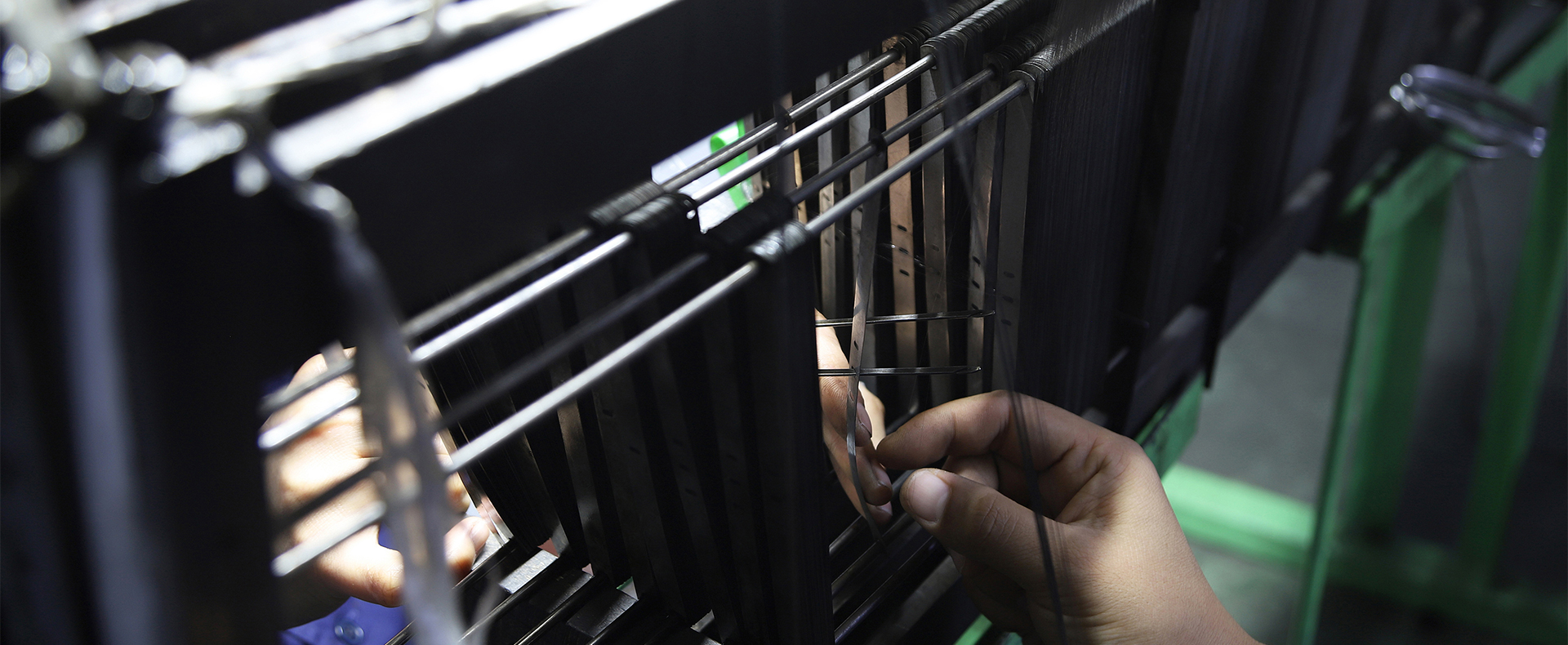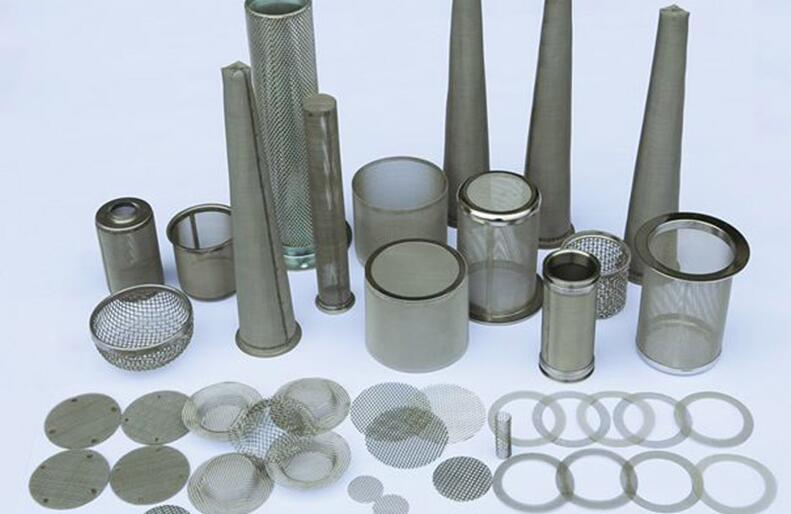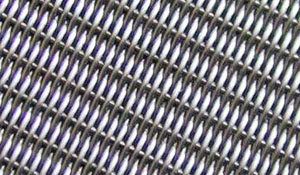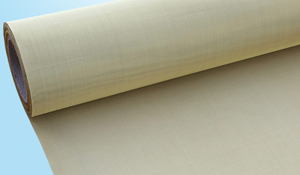Getting Started with Wire Mesh
Dec. 28, 2021
Wire mesh is a great material for a variety of DIY projects. From animal fences to art projects to interior design elements, the choices are limited to your imagination. If you are not experienced in welding or weaving wire mesh, there are a few things you should know before you start your project.
Design your project
Do: Make the most of your project by doing some planning and research in the early stages. This will help you determine the best materials for your project. For example, galvanized steel, stainless steel and brass all have different properties. You need to make sure you are using the right product for the project; for example, a grid installed on the wall of a house does not need to be as strong as a pet fence used for exposure to the elements.
Yingkaimo stocks wire mesh in a variety of sizes, materials and styles. Knowing not only the type of mesh you want but also its size, is key to the success of your project. Some mesh is sold in flat sheets and some is cut to length from rolls. If the mesh comes from a roll, the width will be fixed, but the length will be cut to the number of meters you specify. Make sure you know the size of the mesh you need and compare it carefully with the product you are buying. Design your project and select your grid to create panels no larger than the sheet size, eliminating unsupported joints whenever possible.
Don't: Just wing it. doing things quickly may be your style, but without careful planning, you may be wasting your time and possibly your materials. Ensuring that the size and shape of the mesh fits the application is critical to the success of your project.
Cutting your mesh
Do: Pay close attention to the gauge of the braided or welded wire and choose the right tool for the job. If it is thin enough, you will be able to easily cut it into shape or trim it down using tin snips. If available, you can also use wire cutters or pneumatic scissors to make the cuts. For heavier gauge, the best tool for cutting wire mesh is the trusty angle grinder.
All of these methods have the potential to leave sharp edges, so make sure you consider safety and take precautions before you start cutting. Find a safe place to work (for you and others) and wear appropriate protective gear and clothing. In all cases, gloves and goggles are a must.
Don't: Be careless. It's worth repeating: cutting wire can leave uneven edges, and even if you use gloves and goggles, there's still the potential for some damage when you move it. Also, if you purchase wire in rolls rather than sheets, be aware that if you don't flatten the rolled wire properly before cutting, it may bounce back at you after the final cut.
Repairing your wire mesh
Do: Keep in mind that there are multiple ways to fix your mesh in place, and the method that works best for you will depend on the type of project, the gauge of the mesh, and the material it will be fixed to. Your preferences, skills, and the tools you have on hand may also influence your decision!
As with any project, it is important to choose the correct fasteners for the material you are fixing to. For wood, you are usually better off using appropriate wood screws, but nails or staples are also an option. You can even use an industrial nail gun to secure the smallest gauge wire if the application will not put pressure on the net. For metal, self-drilling (tek) screws or popular rivets will work well. If you have access to a welder, you can also weld heavier meshes in the right places. For brick or concrete, you'll need the right anchors or plugs. If these things are important, also consider corrosion resistance and the appearance of any fasteners you choose. It is a good rule of thumb to match the fastener material to the mesh (e.g. galvanized or stainless steel). Mesh can also be tied or "tied" to posts or frames using metal wire.
There are several styles of framing you can consider, each with its own advantages.
The direct fix method is simple and inexpensive. Simply place the appropriate fasteners through the mesh holes into the support material to secure the mesh surface to a flat surface. Make sure the head of the fastener (screw, nail rivet, etc.) is larger than one square of the mesh you are using, or add a washer under the head to get the same result.
The sandwich method is more secure, has a neater appearance, and hides the edges of the mesh. The net is secured to the main support by placing a secondary frame on top of the net and tightening it periodically. A simpler variation of this method is to simply use straight strips of wood or metal (i.e. flat steel) instead of a full auxiliary frame.
The channel method completely encloses the edge of the wire panel by constructing a frame that has an internal slot to hold the mesh in place. This method is most commonly used for metal frames made with C-section channels, mitered and welded at the corners. If you have the skills, a similar effect can be achieved using a timber frame with rebates or grooves.
Don't: Forget that wire mesh has weight and that gravity will play a role. Make sure your mesh is secured in enough places to be able to hold the weight. Too few fixtures and your mesh may sag, bend or tear. It goes back to careful planning at the beginning, but don't neglect this important step.
Painting your wire mesh
Do: Remember, the most time consuming part of painting your wire mesh is the preparation. Make sure the surface is clean and rust-free before applying the primer. To cover all bases, it is best to use a corrosion-resistant primer to keep the metal sealed to the elements. From there, it's just a matter of either spraying or brushing the paint. It is best to use an acrylic latex paint as it is ideal for painting metal and is more durable than other types of paint. As an alternative to "wet" painting, for a really high-quality finish, you might also consider using powder coatings.
Don't: Paint over rust or dirt. This is a sure way to shorten the working life of a paint job, and no doubt it will start to show soon. For the best finish, sand off any rust that is present and clean the net thoroughly: oil and dirt can build up near wire crossings. It is recommended that you perform this operation immediately before applying the primer, because the longer it is exposed to the elements, the more likely you will have to repeat the process.
In conclusion
Wire mesh is an extremely versatile material that can be used for many small (and not so small!) jobs around the home and at work jobs. If you have some basic tools and DIY skills, it is easy to use and can provide you with beautiful and durable results. For best results, remember to be careful, plan ahead, use proper safety gear, and don't attempt any project you don't have the tools or skills for.
Yingkaimo stocks many configurations of wire mesh, and we can provide you with the right material for any project you have in mind.

















